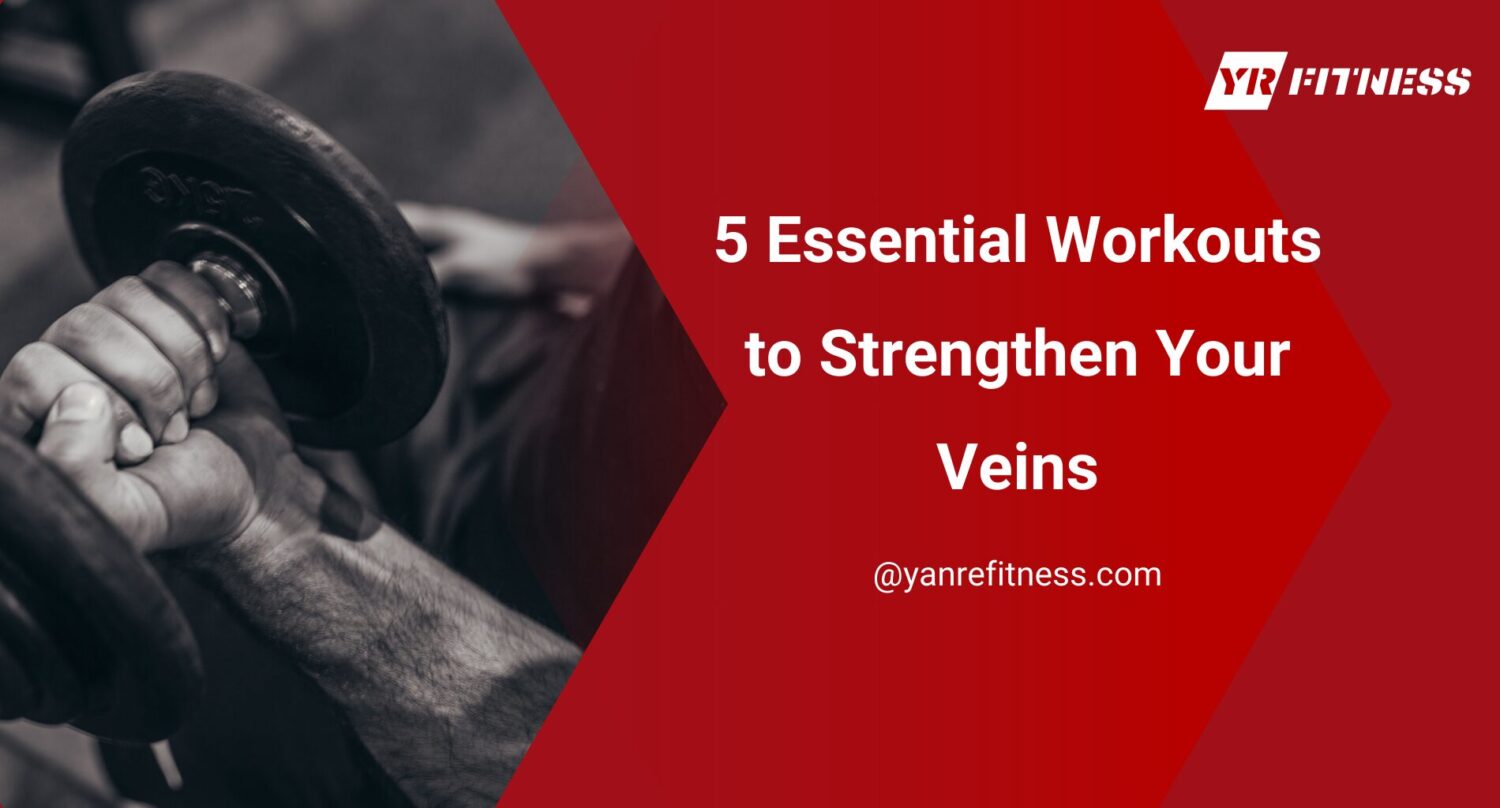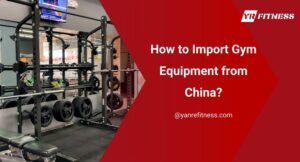Are your training programs addressing the health of your clients’ veins? Veins are essential for blood circulation, and the right exercises can boost both performance and recovery.
With extensive experience in the fitness industry, I understand the importance of incorporating workouts that enhance circulation and build strength.
Workouts that target vein health lead to better circulation, which helps with endurance, recovery, and injury prevention. Implementing these exercises can deliver greater results for your clients while adding value to your services.
In this guide, we’ll explore 5 workouts that strengthen veins and boost circulation. You’ll see why these exercises matter and how to incorporate them for better results.
Let’s get started!
Table of Contents
1. Top 5 Workouts for Stronger Veins
Strengthening veins through targeted workouts can enhance circulation, improve endurance, and support recovery. By incorporating exercises that promote blood flow, you can add significant value to your training programs. Here are the top 5 workouts that help fortify veins:
#1 Walking
Walking is one of the easiest and most accessible ways to improve circulation and support overall vein health. The cool thing is, it doesn’t require any special equipment, making it a convenient exercise to fit into any routine.
Benefits of Walking:
- Enhances Circulation: Walking activates leg muscles, which improves the efficiency of blood flow through the veins.
- Reduces Vein Strain: Regular walking decreases pressure on the veins, lowering the risk of varicose veins and swelling.
- Supports Cardiovascular Health: Walking not only benefits veins but also contributes to overall heart health and endurance.
Tips for Incorporating It:
- Start Small: Encourage clients to begin with short, manageable walks and gradually increase distance and duration over time.
- Use Varied Terrain: Incorporate different surfaces like flat ground and inclines to challenge the muscles and improve circulation.
- Track Progress: Use simple tracking tools or apps to measure progress and set achievable goals for continued improvement.
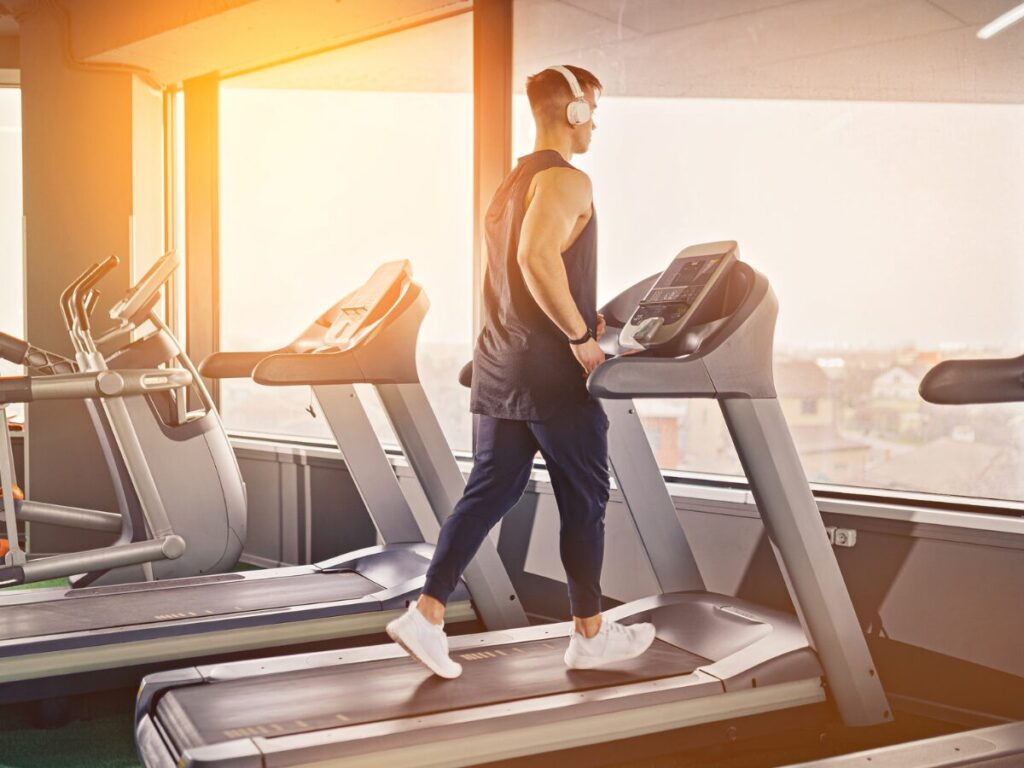
#2 Leg Lifts
Leg lifts are an effective exercise for strengthening the lower body while promoting healthy blood circulation. By elevating the legs, this workout supports proper vein function, particularly in the legs.
Benefits of Leg Lifts:
- Promotes Blood Flow: Lifting the legs above the heart helps blood return more efficiently, reducing strain on veins.
- Strengthens Muscles: Regular leg lifts build stronger muscles in the legs, which support better circulation and vein health.
- Improves Flexibility: This exercise also enhances flexibility, making it easier to maintain good circulation and reduce vein-related issues.
Tips for Incorporating Leg Lifts:
- Start With Manageable Sets: Begin with small sets and gradually increase the number of repetitions to build strength and circulation over time.
- Focus on Form: Proper leg elevation and controlled movements are key to maximizing the benefits of this exercise.
- Include in Cool-Down Routines: Add leg lifts to the end of workout sessions to support recovery and reduce pressure on the veins.
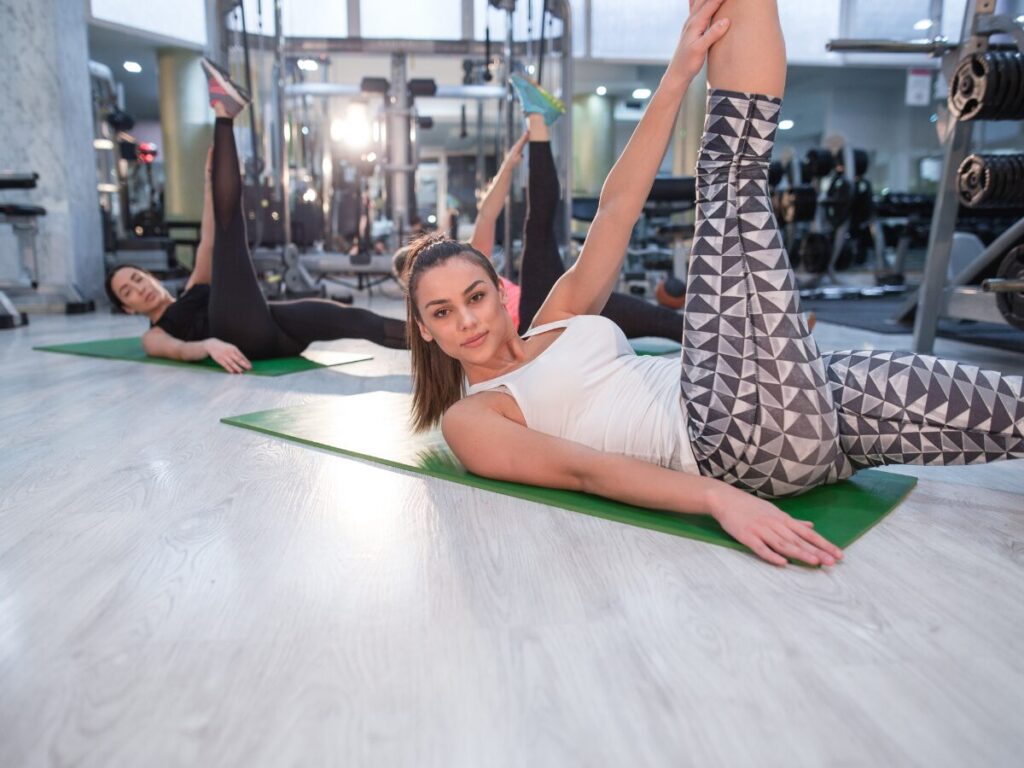
#3 Pilates
Pilates is a low-impact exercise that focuses on controlled movements, making it ideal for improving circulation and overall body strength. Its emphasis on core engagement and flexibility supports better vein function.
Benefits of Pilates:
- Enhances Muscle Tone: Pilates strengthens muscles throughout the body, which helps veins push blood more efficiently.
- Improves Circulation: Pilates encourages deep breathing and muscle engagement, both of which support better blood flow.
- Enhances Flexibility: Pilates improves flexibility, which can aid in maintaining healthy veins and reducing discomfort.
Tips for Incorporating Pilates:
- Begin With Basic Movements: Start with foundational Pilates exercises to help clients get comfortable while improving circulation.
- Emphasize Consistent Breathing: Encourage clients to focus on their breathing patterns, as this enhances circulation during the exercises.
- Integrate Into Weekly Routines: Adding Pilates sessions 2-3 times a week on durable equipment from YR Fitness can enhance circulation and overall fitness.
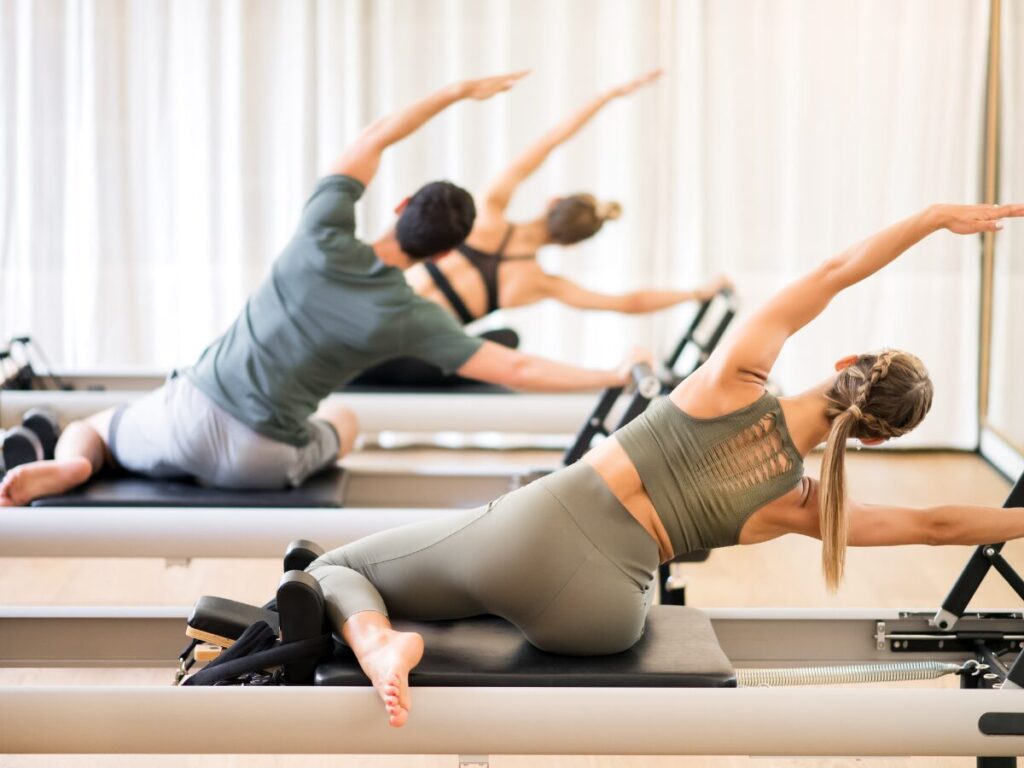
#4 Cycling
Cycling is a highly effective cardiovascular workout that promotes vein health, especially in the lower body. It strengthens leg muscles and improves circulation, making it a valuable exercise for any fitness program.
Benefits of Cycling:
- Builds Muscle Strength: Regular cycling strengthens the leg muscles, which aids in supporting healthy veins.
- Enhances Cardiovascular Health: Cycling is excellent for improving overall heart and vascular health, benefiting both veins and endurance.
- Reduces Pressure on Veins: Cycling helps minimize pressure on veins, especially in the legs, lowering the risk of swelling and discomfort.
Tips for Incorporating Cycling:
- Start With Low-Resistance Settings: Gradually increase resistance or incline to ensure clients build strength without overstraining their veins.
- Combine With Strength Training: Pair cycling with leg-focused strength exercises to maximize circulation benefits and overall fitness.
- Encourage Consistency: Recommend regular cycling sessions to maintain and improve vein health, especially as part of a balanced fitness routine.
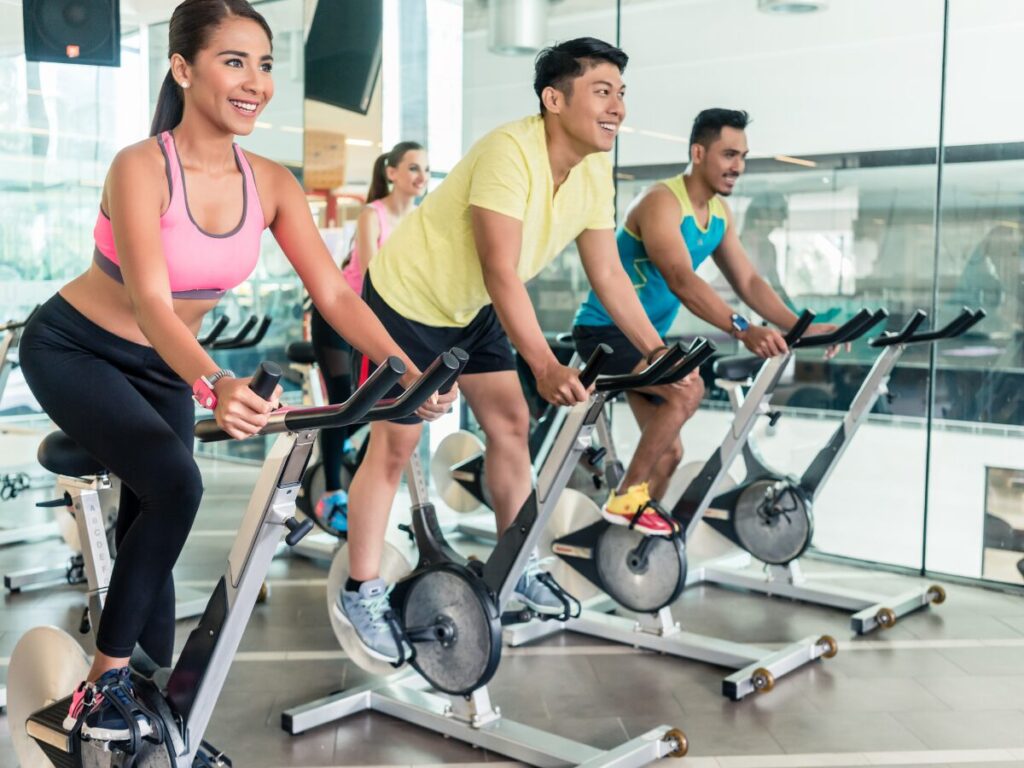
#5 Yoga
Yoga combines controlled movements, deep breathing, and stretching, making it a powerful exercise for improving circulation and supporting vein health. It’s ideal for promoting relaxation while boosting overall fitness.
Benefits of Yoga:
- Promotes Relaxation: Yoga reduces tension and stress, helping veins function more efficiently by lowering pressure.
- Supports Blood Flow: Through stretching and movement, yoga improves circulation, allowing blood to move more freely throughout the body.
- Boosts Flexibility: Regular yoga practice helps maintain flexibility, which supports overall vein health and prevents discomfort.
Tips for Incorporating Yoga:
- Start With Simple Poses: Introduce clients to beginner-friendly poses that focus on relaxation and gentle movement using high-quality yoga mats from YR Fitness.
- Incorporate Breath Work: Encourage clients to focus on deep, controlled breathing to maximize circulation benefits.
- Use Yoga as a Cool-Down: Adding yoga to cool-down routines can aid recovery and improve overall circulation after more intense workouts.
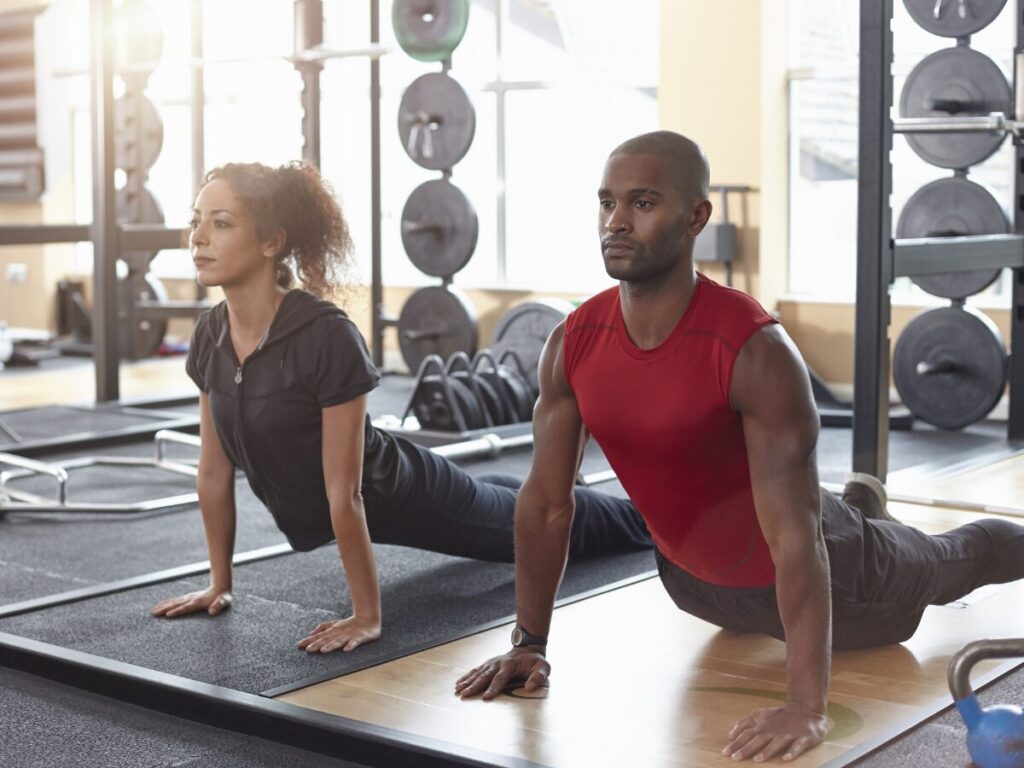
2. Non-Recommended Workouts for Vein Health
While many exercises can promote healthy veins, some workouts may put unnecessary strain on the circulatory system and negatively impact vein health. These exercises may increase pressure on veins, leading to discomfort or potential issues over time. Here are the workouts that should be avoided for optimal vein health:
Heavy Weightlifting: Lifting very heavy weights can increase the pressure on veins, particularly in the legs, and may restrict blood flow. In other words, prolonged use of heavy weights can lead to vein strain, swelling, and even contribute to the development of varicose veins.
High-Intensity Interval Training (HIIT): HIIT involves bursts of intense exercise followed by short recovery periods. While effective for many fitness goals, quick spikes in heart rate and blood pressure can strain veins, particularly for individuals with poor vein health.
Static Exercises: Exercises like planks or wall sits, which involve holding positions for long periods, can restrict blood flow. These movements limit circulation and increase pressure on veins, which can negatively impact vein health.
The table below highlights workouts that may negatively impact vein health by putting excess strain on circulation.
Workout | Impact on Vein Health |
Heavy Weightlifting | Increases pressure on veins, can cause strain, swelling, and varicose veins |
High-Intensity Interval Training (HIIT) | Quick spikes in heart rate and blood pressure, can strain veins |
Static Exercises | Limits circulation, increases pressure, negatively impacts vein health |
3. 5 Safety Tips for Exercising with Vein Issues
For individuals with vein issues, exercise can still be highly beneficial if approached with care. Modifying workouts and following targeted safety practices can help protect vein health while still achieving fitness goals. Here are specific safety tips:
#1 Proper Warm-up and Cool-down
A proper warm-up and cool-down are essential for maintaining vein health. Warming up increases blood flow, preparing muscles and veins for activity, while cooling down reduces strain as the heart rate returns to normal. In fact, according to Tri-City Medical Center, over 30% of injuries treated in sports medicine clinics involve skeletal muscles, many of which could be prevented with proper warm-up and stretching routines.
#2 Know Your Limits
Over-exercising or pushing clients too hard can lead to unnecessary strain on veins. Why? Because understanding individual limits and gradually increasing intensity ensures that clients avoid overtraining, which can damage both muscles and veins. Encourage clients to listen to their bodies and take breaks as needed.
#3 Wear Compression Gear
Using compression socks or sleeves during exercise helps maintain circulation and reduce swelling. For example, runners and cyclists often benefit from compression socks during long sessions to support vein health. This gear promotes healthy blood flow and minimizes discomfort.
#4 Stay Hydrated
Proper hydration helps keep blood flowing smoothly. For example, offering water breaks during intense sessions ensures clients stay hydrated and maintain proper circulation. Dehydration thickens the blood, putting extra pressure on veins, increasing the risk of swelling.
#5 Consulting Medical Professionals
For clients with vein conditions or concerns, it’s important to recommend consulting with a medical professional before beginning a new workout program. This step ensures that their exercise routines are safe and tailored to their specific health needs.
Conclusion
Improving vein health through targeted exercises is essential for enhancing circulation and supporting long-term physical performance. These workouts can be easily integrated into any fitness program, whether you’re focusing on general wellness or designing workouts for explosive speed and power, helping to deliver added value to your clients while promoting overall well-being.
In conclusion, this guide offers practical exercises that can strengthen veins and improve circulation for your clients. If you’re in need of durable, high-quality gym equipment to support these workouts, contact us at YR Fitness for top-tier solutions tailored to your business needs.
Related articles:
